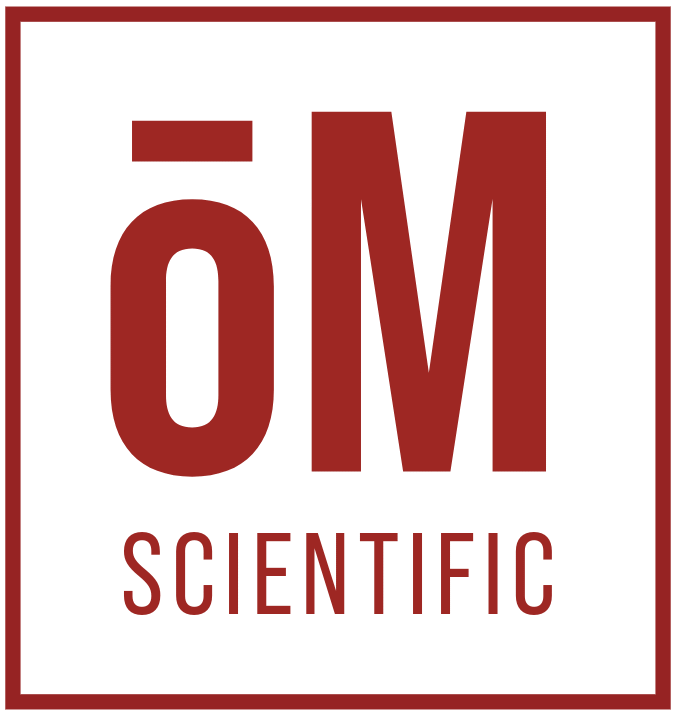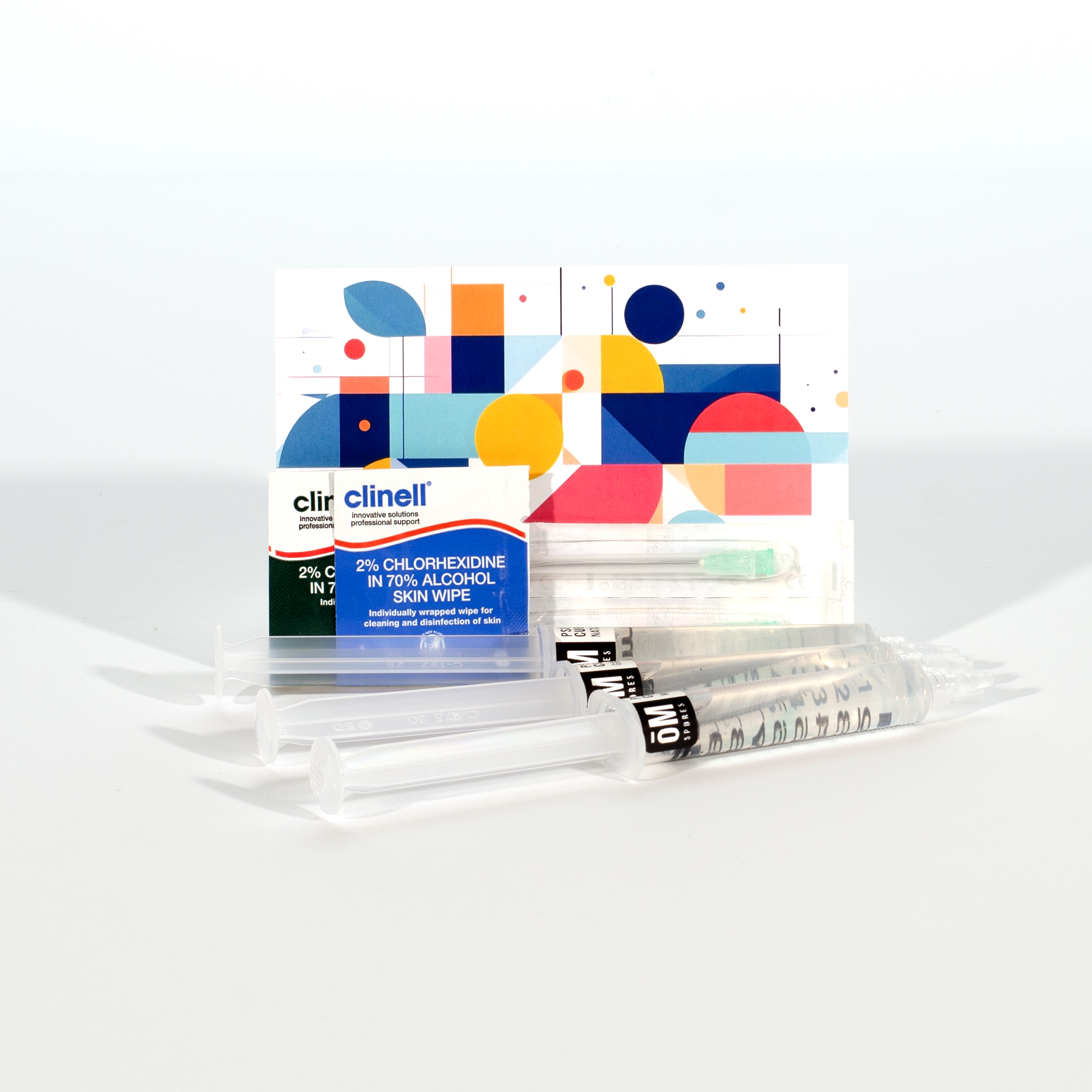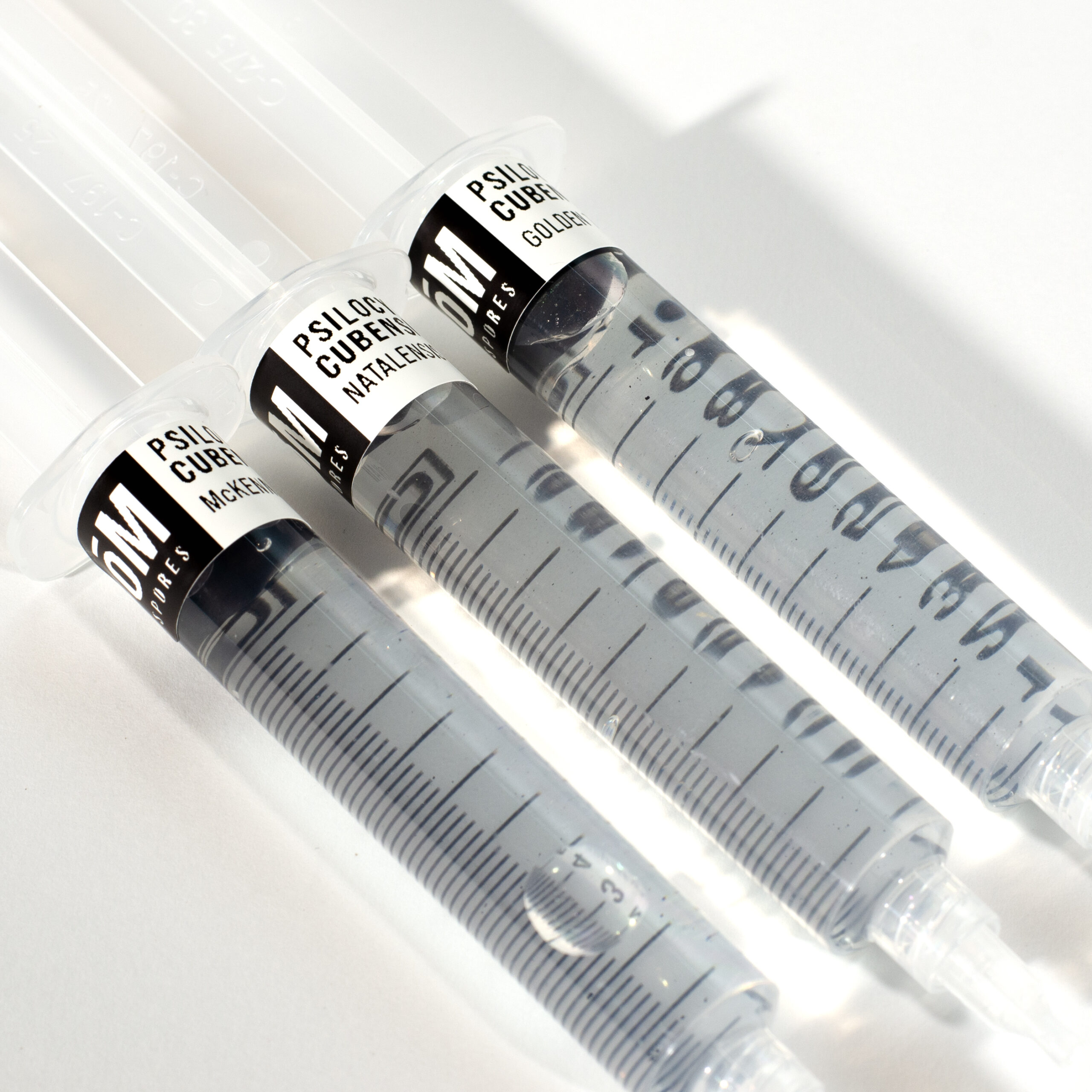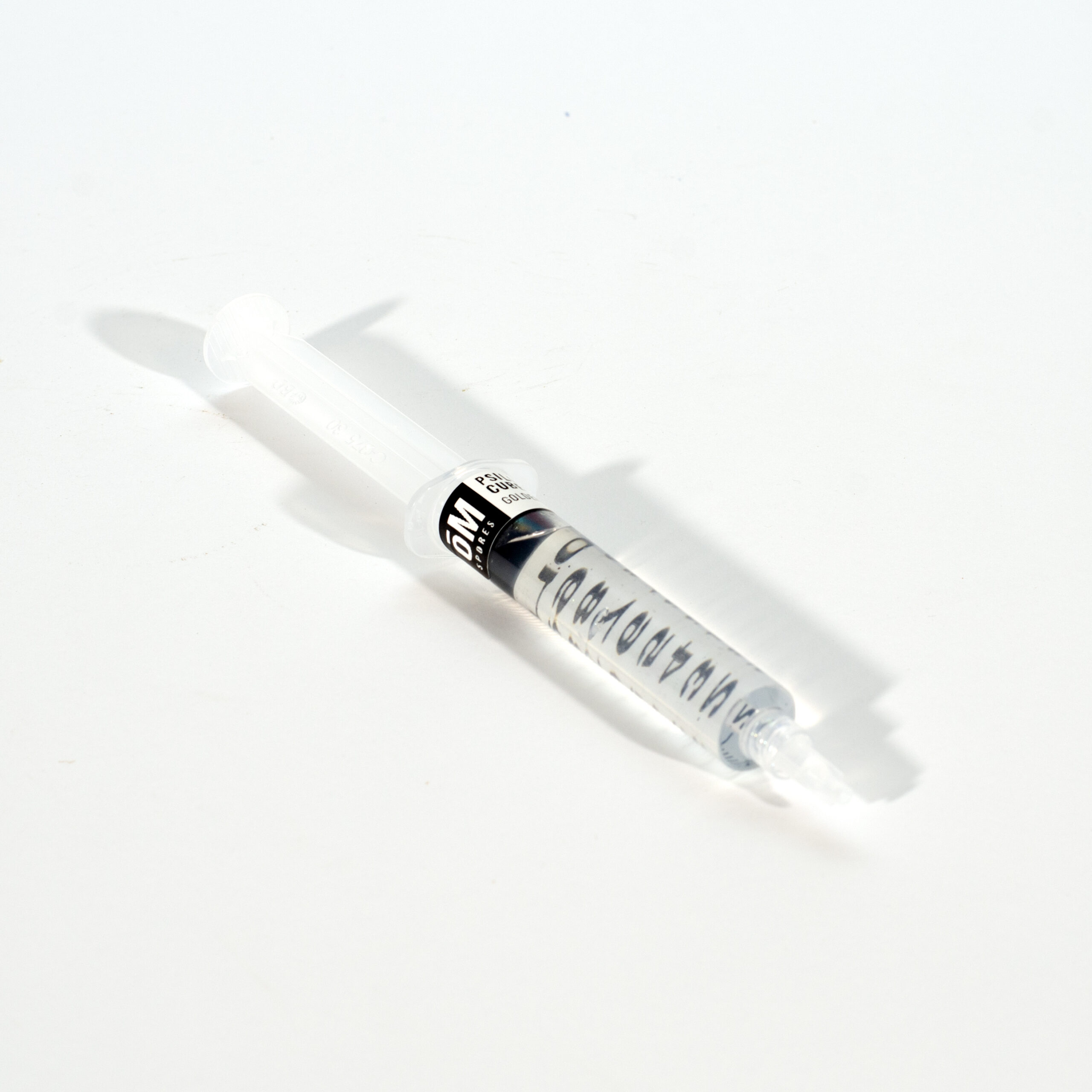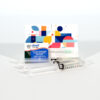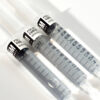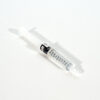Description
We guarantee 100% viability on all our spore syringes. If you encounter any issues, we’ll send a free replacement - no questions asked.
All spore syringes are 10ml and come with a sterile needle and anti-bac wipes included.
Psilocybe Cubensis (Leucistic Golden Teacher)
- Genus: Psilocybe
- Species: Psilocybe Cubensis
- Strain: Golden Teacher
- Sub-strain: Leucistic Golden Teacher
- Geographical Origin: Domesticated strain, derived from Golden Teacher (Lab-Cultivated)
- Climate: Tropical to subtropical (24-28°C)
- Preferred Substrate: Cow dung, straw, enriched soil
- Cap Shape: Hemispherical to convex when young, flattening with maturity
- Cap Colour: Pale golden to off-white due to leucism
- Stem Structure: Thick, sturdy, and prone to bluish bruising
- Veil Type: Partial to membranous
- Spore Print Colour: Dark purple-brown
- Spore Size: 11-17 x 7-12 µm (elliptical)
- Spore Density in Prints: Moderate to high
- Unique Morphological Traits: A leucistic genetic mutation of Golden Teacher, featuring pale caps while retaining the robust growth characteristics of the original GT
- Microscopy & Research Relevance: Studied for its genetic leucism, retaining GT’s resilience and structure while lacking full pigmentation
- Historical or Cultural Relevance: Developed through selective breeding from Golden Teacher, a strain recognised for its widespread use in the mycology community
- Strain Stability: Genetically stable, though some specimens may exhibit partial pigmentation
- Research Status: Moderate Research – Well documented in the mycological community, but limited formal studies.
- Ease of Microscopy: Easy – High spore density, clear and well-defined under microscope.
POSTAGE & PACKAGING
We aim to dispatch orders within 1-2 working days via Royal Mail, the following shipping options are available at checkout.
- Royal Mail 48 Tracked – Estimated delivery within 2-3 working days with full tracking.
- Royal Mail 48 Tracked Signed For – Estimated delivery within 2-3 working days with full tracking.
- Royal Mail Special Delivery – A next-day tracked service for faster delivery.
Please note that delivery times cannot be guaranteed as they are subject to Royal Mail's service.
All orders are shipped in plain, discreet packaging, with no reference to the contents or our business.
If your order has not arrived within 10 days, please contact us for assistance.
RETURNS POLICY
ōM Scientific guarantees the sterility of our spore syringes. If you aren't completely satisfied, we offer a 30 day return policy as standard.
Returns
- Should be initiated within 30 days of purchase.
- Products must be unused and in original condition.
- Refunds are issued after product has been returned.
- Return shipping is the customers responsibility unless due to our error.
LEGAL DISCLAIMER
At ōM Scientific, we are committed to operating ethically and within the law. Our spores are intended strictly for microscopy and research purposes and are not for cultivation or human consumption.
We do not support or condone any illegal activity, and we kindly ask that customers do not contact us with questions related to unlawful cultivation, as we will not be able to respond.
By purchasing from us, you agree to use our products responsibly and in compliance with UK laws. Thank you for respecting our policies and supporting ethical research.
PAYMENT OPTIONS
Currently, we only accept bank transfers. Once your order is placed, please follow the instructions to make payment. Once we have received your payment, you will receive an email confirmation, and we will process your order. If you do not receive this confirmation within 24 hours, please contact us.
All payments are securely processed, and we do not store any card details. If you have any questions about payment options, feel free to contact us.
PRIVACY
ōM Scientific is committed to protecting your privacy and ensuring that your personal information is handled securely and responsibly.
Information We Collect
- When you place an order or contact us, we may collect personal details such as your name, email address, billing and shipping information, and payment details. We only collect the information necessary to process your order and provide customer support.
How We Use Your Information
- To process and fulfill orders
- To communicate with you regarding your order or enquiries
- To improve our services and website functionality
- To comply with legal and regulatory requirements
- We do not sell, rent, or share your personal information with third parties for marketing purposes.
Email Security
- We use Proton Mail, a secure, encrypted email service, to ensure that all customer communications are kept private and protected.
Payment Security
- All payments are processed securely via Stripe, PayPal, or direct bank transfer. We do not store or have access to your payment details.
Cookies & Website Tracking
- Our website may use cookies to improve functionality and provide a better user experience. You can manage your cookie preferences through your browser settings.
Your Rights
- You have the right to access, update, or request the deletion of your personal data. If you have any concerns about how your data is handled, please contact us.
By using our website, you agree to this Privacy Policy. We may update this policy periodically, so please review it for any changes.
